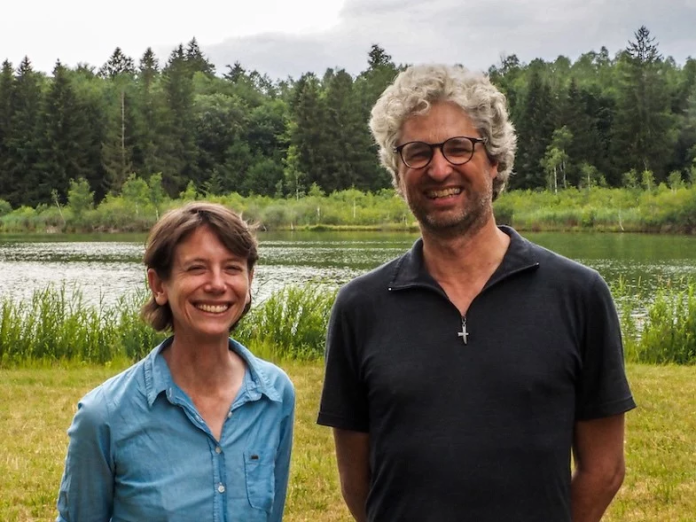
The University of Cape Town (UCT) has launched a new research centre, The Max Planck – University of Cape Town Centre for Behaviour and Coevolution. The centre aims to study the behavioural interactions between bird species and between birds and humans. The new centre is jointly established by the FitzPatrick Institute of African Ornithology and the Max Planck Institute for Biological Intelligence.
In the next five years, the centre will investigate how behaviour, communication, learning, evolution, and biodiversity are connected and how changing environments affect these relationships. The first Max Planck Centre on the African continent will foster the formation of strong new links between research communities in Africa and Europe.
Most of life’s diversity on Earth is found in the tropics and such as occurs on the African continent. Stable climatic conditions have allowed many species to coexist and fine-tune their behaviours and interactions over long periods of time. This richness in biodiversity, both in terms of species and adapted behaviours, allows researchers to study how interactions between species function and evolve in their natural environment.
Professor Claire Spottiswoode from UCT, who will be one of the two directors of the new research centre, said: “Africa offers us unique opportunities to ask and answer questions that cannot be addressed in research conducted in the Global North. Moreover, our research is enhanced by the knowledge and talent not only of young African scientists but also of local communities.”
Developing synergies and fostering talent
Max Planck Centres are virtual centres of excellence that are located at the participating institutes, usually one or two Max Planck Institutes in Germany and a partner institution in another country. The centres are initially funded for a period of five years to enable scientists at both locations to carry out complex research projects, combine different approaches, and tap into existing resources.
The new centre at UCT will be the first in Africa. It brings together the scientific and technical expertise, field research skills, and avian study systems from the two partnering institutions. The centre will also involve and expand existing partnerships with collaborators in other African countries including Zambia and Mozambique, who provide exceptional skills and resources for field research, and forge new co-operations.
“Together, we can address and hopefully answer questions that go beyond what we could achieve on our own,” says Bart Kempenaers, scientific director of the Department of Ornithology at the Max Planck Institute for Biological Intelligence, who will co-direct the new centre with Spottiswoode. The collaboration will foster scientific partnerships between the South and the North and help train the next generation of African and African-oriented scientists.
“One of our main goals is to support the development and retention of scientific talent in African research communities,” explains Bart Kempenaers. “We want to foster cross-country and cross-disciplinary collaboration within Africa and between Africa and Europe, strengthening research in our field on both continents.”
Egg colours, honeyguides and changing habitats
Research in the new centre will revolve around three topics. First, the scientists will study the behavioural interactions between brood parasites, birds that trick other birds into hatching their eggs and raising their young, and their hosts. In these relationships, the parasites try to mimic their hosts’ eggs, while the hosts develop strategies to detect parasitic eggs, for instance by evolving visual ‘signatures’ of identity on their own eggs. The genetic and social factors that shape egg colour and pattern, as well as the learning processes that shape their recognition by hosts, are not yet fully understood.
Second, the centre will study the interactions between wild birds known as honeyguides, and humans in different regions across Africa. The partnership is the only known example to date of a two-way communication between humans and free-living animals, facilitating a common endeavour: birds help humans to find honeybee hives and profit from the technical capabilities of the humans to access the honey inside. “In collaboration with honey-hunting communities, for the first time we will be able to study the mechanisms by which cultures coevolve by reinforcing each other’s cultural traditions,” says Spottiswoode.
“The mutualistic relationship between honeyguides and humans is fading away as Africa’s cultural landscape rapidly changes. With our research, we hope that we can help to predict and safeguard its future.”
Third, the researchers want to understand how interactions between species adapt to changing environmental conditions, such as higher temperatures and drier seasons. For example, the scientists plan to study how egg patterns and egg colours change when temperatures increase, as birds have to find compromises between protecting their eggs against overheating, predators, and brood parasites. They will also ask how the annual cycle of tropical birds may be shaped by the microbes they interact with, whether as partners or as enemies, and how these relationships may be reshaped in a rapidly changing world.

